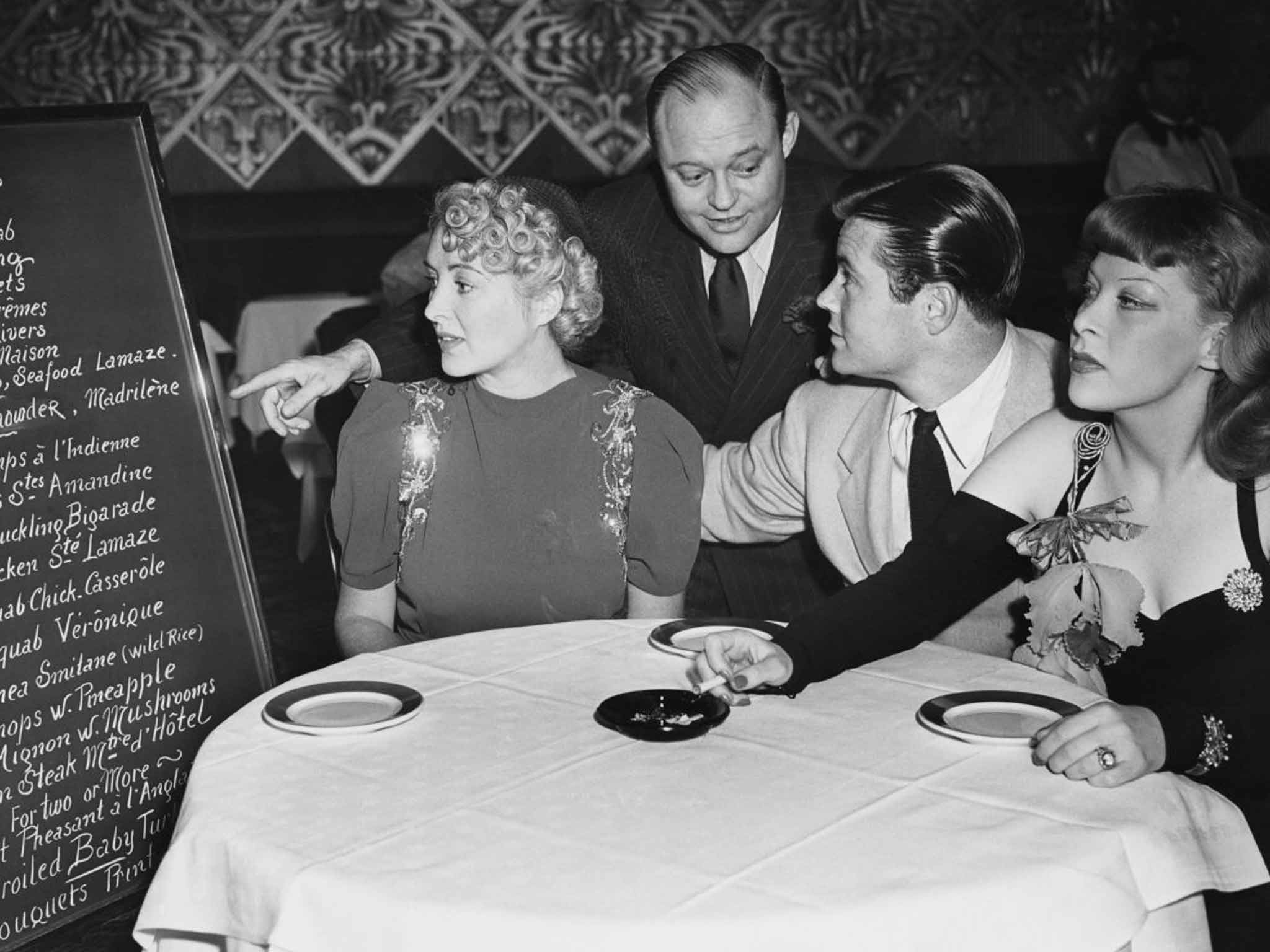What a menu tells you about a restaurant: The language of food
A professor has discovered that the language used in menus indicates how much restaurants will charge for their food. Clint Witchalls discovers how we're eating our words

Writers are often given the advice: "Don't use a $5 word when a 50-cent word will do." But the advice should come with the disclaimer: "Unless you write menus for a living." As Dan Jurafsky, a professor of linguistics at Stanford University discovered, using long words to describe a dish is a sign of an expensive restaurant.
In his hugely entertaining book, The Language of Food, out today, Jurafsky explains that every increase of one letter in the average length of words describing a dish is associated with an increase of 69 cents (42p) in the price of that dish. In a study of 6,500 menus, Jurafsky found that the words "exotic" and "spices" also raise the price of a dish. But "linguistic fillers" like "mouth-watering", "sublime" and "crispy", tend to feature more often on cheap menus.
"At the expensive restaurant, you're supposed to assume that the crispy food will be crispy," Jurafsky said in a telephone interview. "The cheaper restaurants are a little worried that you might not know. It's a kind of status anxiety."
The same applies to "real" and "proper". If your menu promises you "real crabmeat" or "proper maple syrup", you're probably not at The Dorchester. Jurafsky's research shows that for each positive, vague word such as "delicious", "tasty" or "terrific", the average price of the dish costs eight cents less. And adjectives such as "rich", "chunky" and "zesty" reduce the price of a dish by a whole three cents.
Choice also tells you a thing or two about the price. The cheaper the establishment, the more choice you're given. Menus that run to six pages or more are quite common in Chinese takeaways and high-street curry houses. Cheaper menus are also more likely to offer food cooked "your way". But if it's the chef that's doing the choosing – "chef's selection", "chef's choice" – then you can expect to pay a lot more for your meal. On the top end of the spectrum, some Michelin-starred restaurants have dispensed with menus altogether and offer "blind tasting" instead. In other words, you only get to see the menu after you've eaten the food.
I wasn't sure if Jurafsky's findings applied to the UK, so I asked him to take a look at a couple of local menus to see if the rules are the same this side of the pond. I chose two breakfast menus: Aqua Shard (London, expensive) and Wild Zucchinis (Cockermouth, cheap).
Aqua Shard offers working-class fare at very un-working-class prices ("greasy spoon sandwiches" for £8.50), while Wild Zucchinis offers "Wild Zucchinis [sic] Bistro Muffin du Jour" (price unknown, but Trip Advisor lists it under "cheap eats"). Although Aqua Shard seemed to buck the trend of pricey US menus by including terms like "any way" and "your choice", Jurafsky feels that this was probably due to it being a breakfast menu, where choice is more common. People get to choose how their eggs are cooked or which type of bread they want.
Aside from this anomaly, Jurafsky believes that menus in the UK follow their US counterparts pretty closely. "There is a tradition in more expensive menus to just give the name of the dish and then list the ingredients, separated with commas," said Jurafsky, referring to the Aqua Shard menu. "So we have Lobster Benedict: Colchester Blue lobster, two poached eggs, toasted English muffins, hollandaise. Not even 'hollandaise sauce'. It's a terse, minimalist list."
Another hallmark of an expensive restaurant is telling you the provenance of all the produce. The Aqua Shard menu ranges from the hyper-local (Bermondsey salted ricotta) to the very distant (Tahitian vanilla jam).
"Our research found that the mention of provenance is 15 times more frequent in expensive than cheap restaurants," said Jurafsky. "And it looks like that ratio may be even higher in the UK. This one [Aqua Shard] is almost a parody. It tells you where everything comes from."
Wild Zucchinis, on the other hand, doesn't mention the provenance of anything except "French Canadian maple syrup". And the menu is anything but terse: "Le French Canadian. A stack of fluffy pancakes with streaky bacon and proper maple syrup. Alternatively, why not try out Fruity French Toasts. Oh la la..." Note the promise of "proper maple syrup" and "fluffy pancakes". Now that's status anxiety.
The use of macaronic – the mishmash of French and English – also signals that Wild Zucchinis is cheaper than Aqua Shard. From the late 19th century until the 1970s, the use of macaronic was a sign of an upmarket restaurant. Jurafsky found that pricier restaurants from the early 1900s were five times more likely than cheaper restaurants to sprinkle their menu with French.
French was the language of status and fine food. "In the 1960s and 1970s, French was still being used by high-end restaurants," Jurafsky said. "But it was beginning to be appropriated by cheaper restaurants." When restaurants began offering Flaming Coffee Diablo, Prepared en Vue of Guest, and Le Crabmeat Cocktail, it was the beginning of the end. Today, restaurants only get away with macaronic when it's done tongue-in-cheek – as is hopefully intended by the Wild Zucchinis' menu.
Of course, foreign words have not been banished from menus. Sobrebarriga sounds more appetising than flank steak and cavatappi sounds more exotic than corkscrew pasta.
But who knows what the status indicators will be 20 years from now? Maybe macaronic will make a comeback in fancy restaurants. Status, like cool, is a constantly moving target.
'The Language of Food: A Linguist Reads The Menu', by Dan Jurafsky (W W Norton, £17.99) is out today
Join our commenting forum
Join thought-provoking conversations, follow other Independent readers and see their replies
Comments